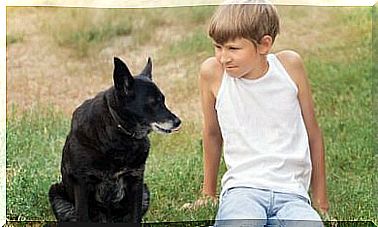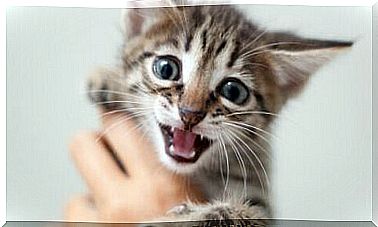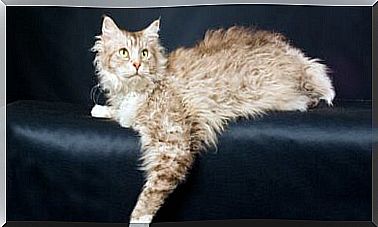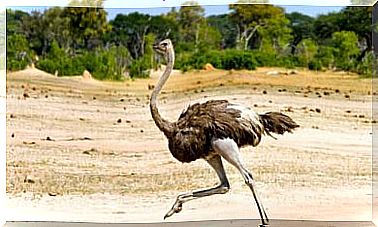Most Common Compulsive Behaviors In Dogs

Believe it or not, compulsive behaviors in dogs are more common than you think. Today we want to talk about them and give you some tips to help your pet in case he suffers one.
What are the causes of compulsive behaviors in dogs
Compulsive behaviors in dogs are associated, in most cases, with trauma and abuse, whether physical or emotional. It is more common for these behaviors to be reflected in animals that come from the street, kennels or protective associations; in most cases they have been abandoned or mistreated.
Even so, compulsive behaviors in dogs can also be caused by their owners. These can be seen in dogs that are subject to a prolonged state of anxiety, those that do not have their basic instincts satisfied, or those that spend a lot of time locked up.
In the latter case, we refer to animals whose owners leave them in a small room for hours or even on a balcony without access to the rest of the house.
We must be careful not to be responsible for causing one of these compulsive behaviors in dogs, as this would be considered a form of covert abuse.
How to identify compulsive behaviors in dogs?
It is essential to diagnose compulsive behaviors in dogs as soon as possible so that they can be treated properly and thus help the animal regain its normal state and health. Also, most of these behaviors stem from something destructive, not just with the things around the house, but your pet can even attack itself.

It should be borne in mind that repetitive behavior does not need to be compulsive, as we must analyze a series of factors that allow us to have a clear diagnosis.
However, don’t take it for granted that your dog’s gesture is normal. As soon as you see a behavior show up repeatedly, ask your vet to clarify what it is.
There are several symptoms that may indicate that your pet has compulsive tendencies:
- Wounds on the body. These would be the result of compulsive scratching and biting.
- Blood on legs or tail. They can be caused by the dog’s own bites in these areas for a long time repeatedly.
- Hair loss. It also has to do with biting or scratching the fur.
- Avoid physical contact with other people or animals. Compulsive behaviors can involve fear of inanimate objects or people, which is why your dog can become fearful.
What are the most common compulsive behaviors in dogs?
Even making a list, we may not be able to collect them all, as animals never cease to amaze us, and there are many things about them that we still don’t understand.
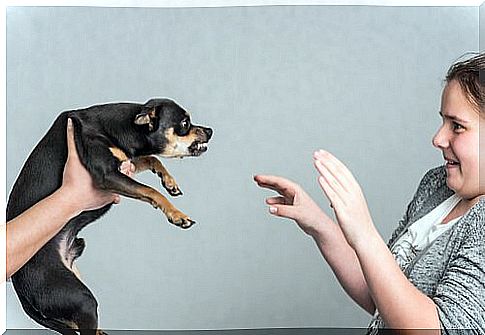
Although we’re talking about dogs, many of the behaviors mentioned below can also occur in cats. These are the most common:
- Circling. Chasing your own tail for no purpose.
- Freezing. Sudden races for no apparent reason, anytime, anywhere.
- Too much licking on your body.
- Excessive licking in air or other object.
- Trying to catch flies without them existing.
- Aggressiveness towards inanimate objects or people in an unpredictable way.
- Constant barking and even following a rhythm.
- Being frightened by something imaginary or with shadows.
- scratching compulsively
- Sucking or biting wounds.
These are the most common compulsive behaviors in dogs and indicate that you should go to your veterinarian without fail as soon as you notice your dog has them.
Rest assured, if your dog has some or more of these compulsive behaviors, it can all be resolved if you are aware of the condition and go to the vet promptly.


